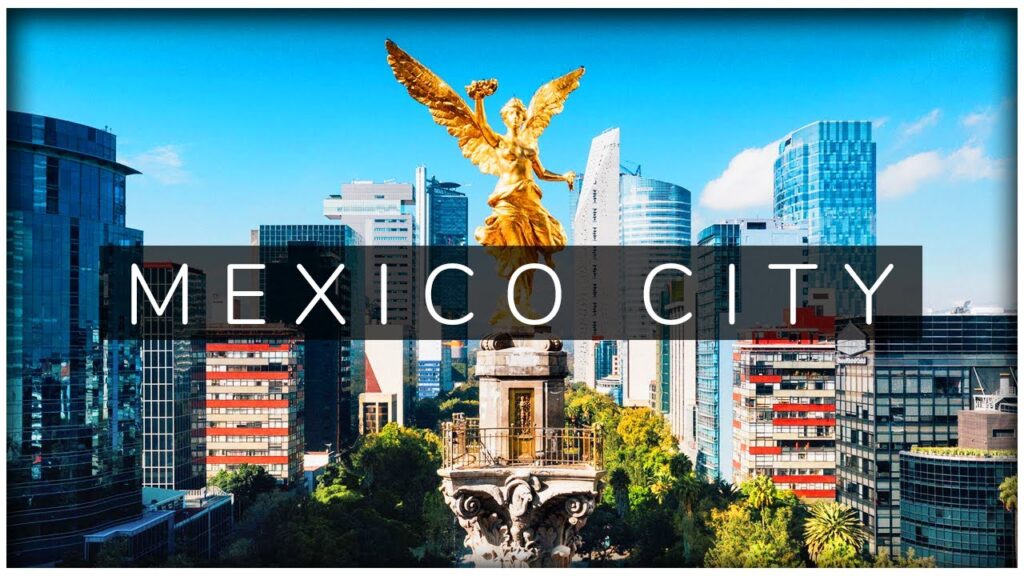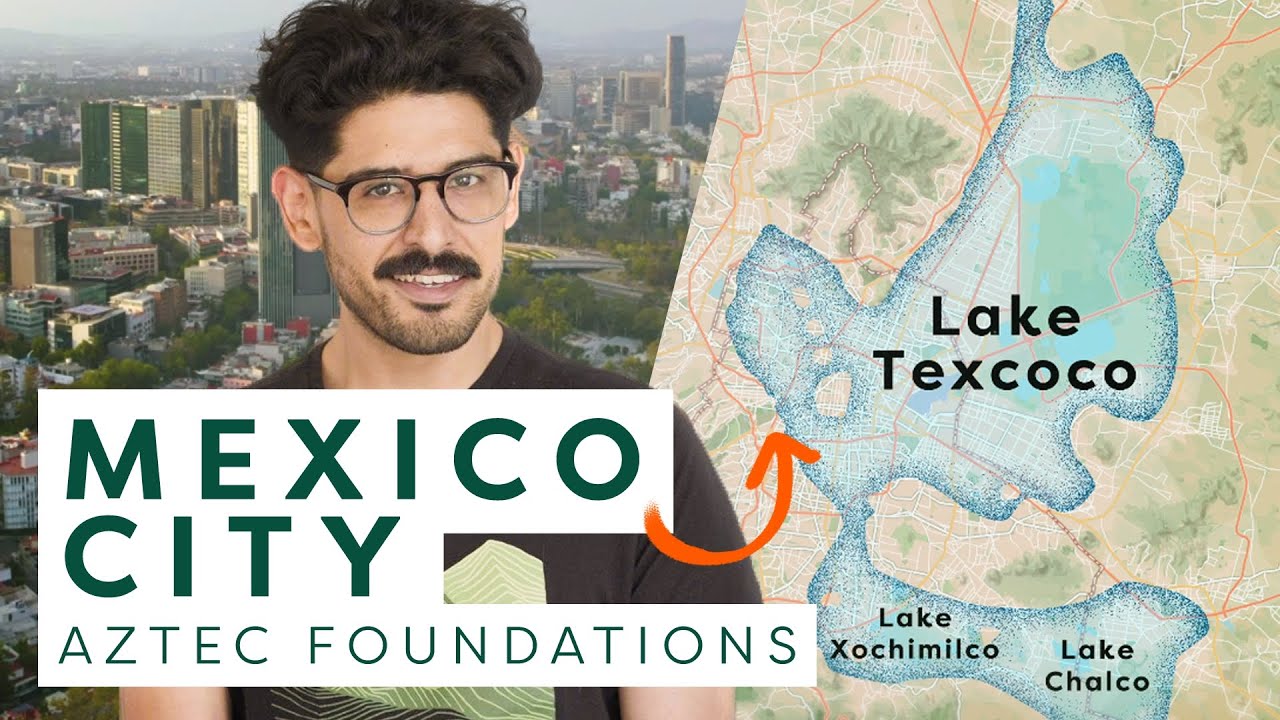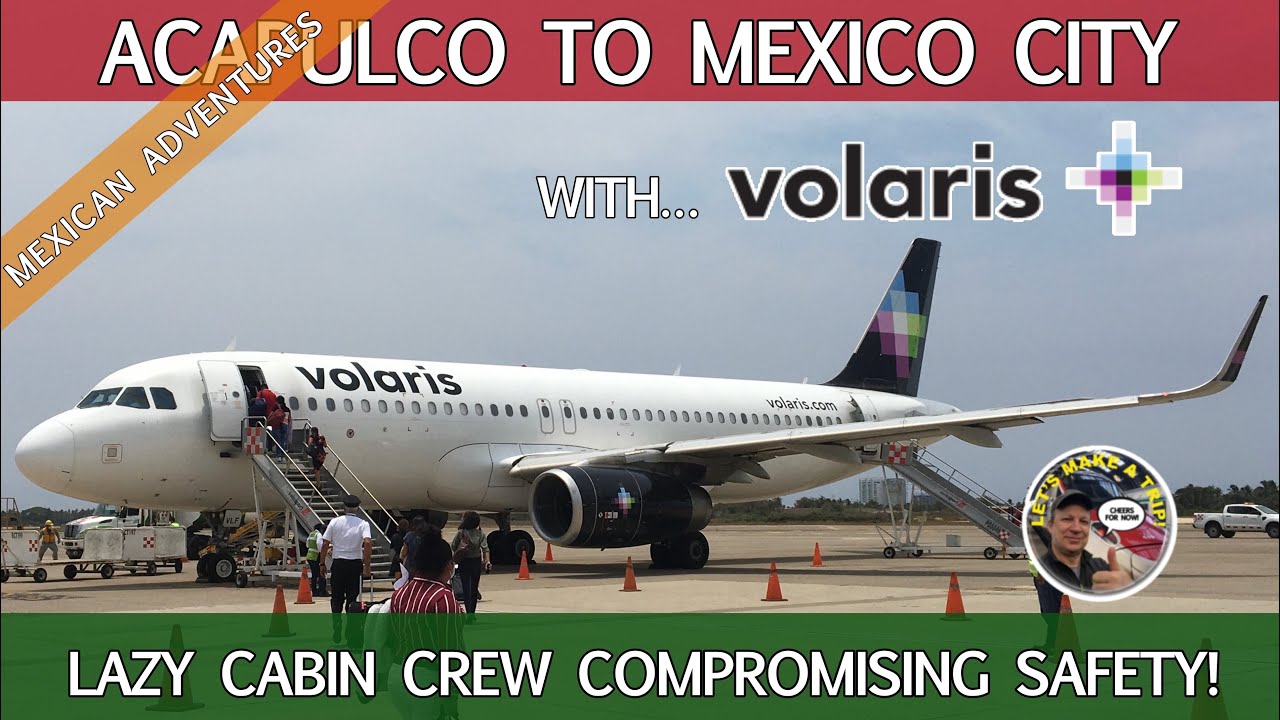Exploring the Magnitude of Mexico City: A Global Giant?
Mexico City, a pulsating metropolis known for its vast expanse, rich history, and vibrant culture, offers an immersive experience for travelers seeking to explore the essence of Mexico. This sprawling city, one of the largest in the world, seamlessly blends ancient traditions with modern dynamism, creating a unique travel destination that captivates the adventurous spirit. From the historic ruins of Templo Mayor to the sleek contemporary designs of the Torre Latinoamericana, the city is a testament to Mexico’s past and its leap into the future.
The heart of Mexico City is its Zócalo, the main square where pre-Hispanic history and Spanish colonial architecture converge. Surrounding this historic center, visitors will find a plethora of museums, including the renowned National Museum of Anthropology, which houses the world’s largest collection of ancient Mexican art. This museum not only offers a deep dive into the nation’s archaeological treasures but also serves as a gateway to understanding the complex civilizations that once ruled this land. The vibrant mercado scenes and the mouth-watering street food stalls scattered across the city further enrich the cultural exploration, presenting an authentic taste of Mexican life.
Another highlight of Mexico City is the thriving art scene that spans from classic to contemporary. The legacy of iconic Mexican artists such as Frida Kahlo and Diego Rivera is palpable in neighborhoods like Coyoacán, where the Frida Kahlo Museum offers a glimpse into her life and work. Meanwhile, the modern art galleries and murals that adorn the city streets reflect Mexico City’s ongoing dialogue with contemporary issues and artistic expression. These artistic ventures allow travelers to perceive the city not only through its historical artifacts but also through the lens of its living, breathing culture.
Beyond the confines of urban life, Mexico City is enveloped by natural wonders that offer a respite from the bustling city atmosphere. The nearby Teotihuacan Pyramids, an ancient city whose origins remain largely a mystery, promises an adventurous day trip. Hiking in the Desierto de los Leones National Park presents another escape into the natural beauty that surrounds this concrete jungle. Mexico City, therefore, is not just an urban exploration but a journey that bridges the gaps between history, culture, art, and nature, presenting a multifaceted adventure for all who visit.
The Myth and Reality: Is Mexico City the Second Largest City in the World?
When discussing urban giants, Mexico City often emerges in conversations as one of the most colossal metropolises on the globe. This notion has swirled around for years, painting the city as the second largest in terms of population size. However, when examining the data and the metrics used to determine city sizes, the reality is more nuanced. The definition of “city size” can vary, depending on whether one considers the population within the city limits, the metropolitan area, or the urban area, leading to different standings in the global rankings.
Historically, Mexico City has been described as the second largest city after Tokyo, Japan, based on its metropolitan area population. This area extends beyond the city’s administrative boundaries to include surrounding municipalities that are economically and socially integrated with the city. According to the latest United Nations estimates, Mexico City’s metropolitan area ranks among the top urban agglomerations worldwide but does not claim the second spot as often purported. Cities such as Delhi, Shanghai, and Sao Paulo now compete closely in these rankings, showcasing the dynamic nature of urban expansion and population growth.
It’s important to address the myth persistently labeling Mexico City as the world’s second largest city. This misconception might stem from outdated data or the city’s undeniable vastness and cultural significance, which loom large in the global imagination. While not holding the second spot, Mexico City remains a titan of cultural, economic, and demographic importance on the world stage. Its influence and the vibrant life within its bounds defy simple numerical ranking, underscoring the complexity and charm of this metropolitan behemoth.
Unveiling the Scale of Mexico City: A Comparative Analysis
Mexico City, with its vibrant streets, monumental historical sites, and sprawling urban landscape, stands as a testament to the nation’s grandeur and complexity. Navigating through this colossal city might feel like an exploration of a miniature continent. The sheer size of Mexico City can be comprehensively understood by drawing parallels with other major metropolises, providing travelers and adventurers an insight into its vast scale.
Firstly, when compared to New York City, one is struck by the sprawling expanse of Mexico City. It’s not just the physical breadth which is notable; the population of over 21 million inhabitants in the metropolitan area of Mexico City dwarfs New York City’s 8.623 million, according to the latest estimates. This comparison illuminates the bustling nature of Mexico City’s streets, teeming with a diverse tapestry of cultures, cuisines, and languages, offering an unparalleled urban adventure.
Furthermore, juxtaposing Mexico City with London reveals another perspective. While London spans an area of about 1,572 km², Mexico City extends over approximately 1,485 km². However, it’s the density and utilization of space that distinguishes the Mexican capital. Famed for its ancient Aztec ruins juxtaposed against contemporary architecture, Mexico City’s landscape is a mosaic of the past and the present. This stark contrast not only underlines the vast geographical spread of the city but also its rich historical context, inviting explorers to delve deep into its unique urban fabric.
Mexico City’s Place Among the World’s Metropolises
Mexico City stands as a vibrant testament to the blend of history, culture, and modernization that characterizes the world’s great metropolises. This sprawling urban expanse, one of the largest cities globally, is a labyrinth of ancient ruins, colonial architecture, and cutting-edge skyscrapers. Its unique position, both geographically and culturally, has made it a melting pot of traditions and innovations, setting it apart from other major cities across the globe.
The city’s historical significance is unparalleled, with its roots tracing back to the Aztec capital of Tenochtitlán. Today, remnants of this ancient civilization coexist with Spanish colonial buildings and modern office towers, creating a cityscape that transcends time. This juxtaposition acts as a daily reminder of Mexico City’s ability to merge past and present, drawing visitors and scholars alike to its streets to explore and understand its rich history.
Culturally, Mexico City is a powerhouse. Its culinary scene, from street food stalls serving tacos and tamales to high-end restaurants offering refined global cuisines, showcases the diversity and richness of Mexican food culture. Furthermore, the city is home to numerous museums, galleries, and parks, such as the Frida Kahlo Museum, the sprawling Chapultepec Park, and the National Museum of Anthropology, which house extensive collections of art, history, and nature.
Economically, Mexico City plays a critical role not only within Mexico but also on the international stage. It serves as the country’s economic heart, with a dynamic economy that encompasses everything from finance and manufacturing to information technology. The city attracts businesses and entrepreneurs from around the world, fostering a spirit of innovation and collaboration that contributes to its ever-evolving skyline and bustling street life.
Despite its brilliance, Mexico City faces challenges common among the world’s metropolises, such as pollution, traffic congestion, and inequality. Yet, its resilience and vibrancy continue to propel it forward, making it an essential study in the evolution of urban spaces. Through its complexities and contrasts, Mexico City showcases the enduring spirit of human adaptation and creativity, maintaining its significant place among the world’s leading cities.
Deciphering the Size of Mexico City in the Global Context
Mexico City, a sprawling metropolis that serves as the heart of Mexico, commands a prominent position on the global stage thanks to its colossal size and dynamic nature. It is one of the largest cities in the world, not only in terms of population but also in its cultural, economic, and political influence. With a population that hovers around 21 million people in its metropolitan area, Mexico City outpaces many countries in terms of sheer human density. This extraordinary populace makes it a melting pot of traditions, languages, and cultures, showcasing the diversity that contributes to its unique global footprint.
The geographical expanse of Mexico City is equally impressive. Covering approximately 1,485 square kilometers, the city’s urban sprawl is vast, blending historical landmarks with modern skyscrapers in a landscape that is constantly evolving. This sprawling urban landscape is a testament to the city’s ability to grow and adapt over time, reflecting a blend of Indigenous, Spanish colonial, and contemporary influences. The blend of architectural styles, from Aztec ruins to Art Deco and modernist buildings, illustrates the city’s historical and cultural evolution in the face of global trends and pressures.
On the economic front, Mexico City plays a crucial role not only within Mexico but on the international stage as well. It serves as a central hub for finance, commerce, and industry, contributing significantly to the country’s GDP. The presence of numerous multinational corporations, a thriving arts scene, and a robust service sector highlight Mexico City’s economic diversity and capacity for global connectivity. Its economic significance is further amplified by its status as a Latin American powerhouse, attracting investment and talent from around the world.
Politically, Mexico City stands at the forefront of international diplomacy and cultural discourse, hosting various global summits, forums, and international organization headquarters. The city’s political landscape is a microcosm of Mexico’s broader political dynamics, showcasing a complex interplay of local, national, and international influences. This political prominence, combined with Mexico City’s cultural vivacity and economic strength, solidifies its status as a global metropolis, integral to understanding the nuances of global urban development and international relations.


